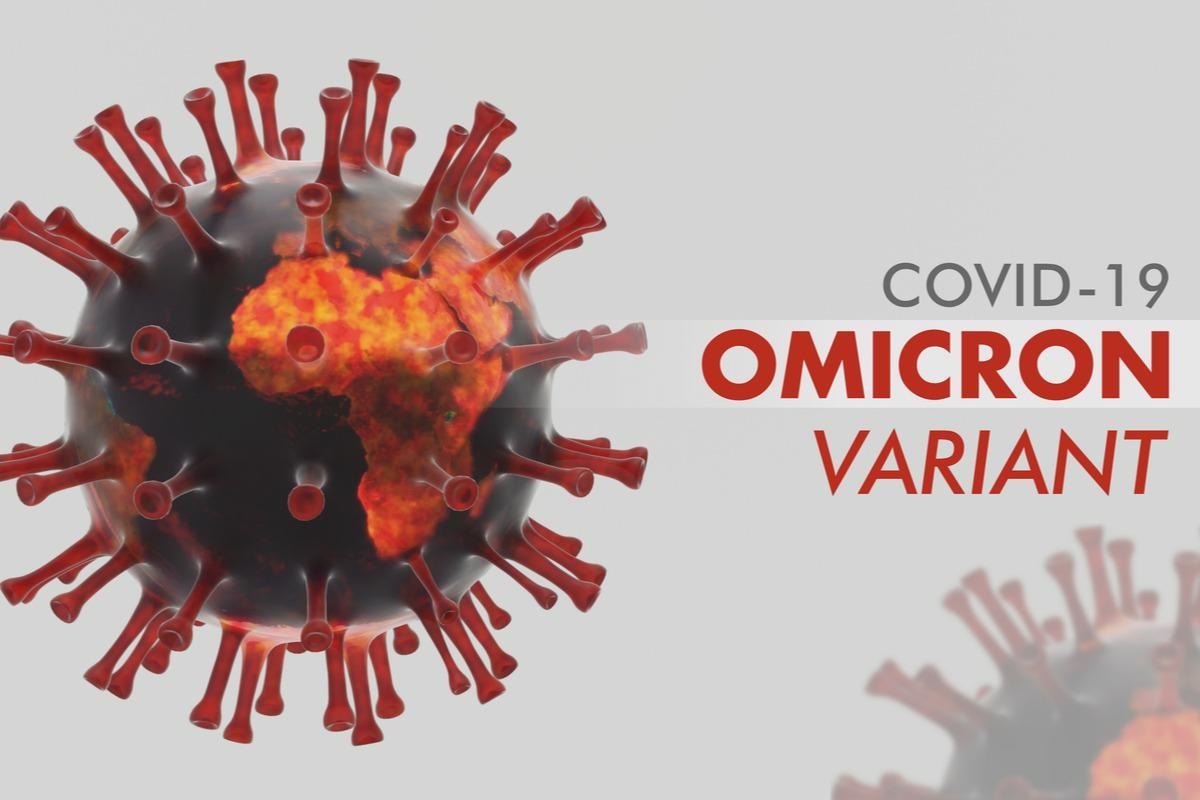SARS-CoV-2 Omicron variant found to display increased resilience to antiviral type I interferon response
Since the beginning of the coronavirus disease 2019 (COVID-19) pandemic, many new variants have emerged due to the genomic mutations of the causal agent, namely, severe acute respiratory syndrome coronavirus-2 (SARS-CoV-2).
These variants have been classified as variants of concern (VOC) and variants of interest (VOI), with respect to their infectiousness, virulence, and capability to evade the immune protection induced after immunization and natural infection.
 Study: Omicron variant of SARS-CoV-2 exhibits an increased resilience to the antiviral type I interferon response. Image Credit: Carl DMaster/Shutterstock
Study: Omicron variant of SARS-CoV-2 exhibits an increased resilience to the antiviral type I interferon response. Image Credit: Carl DMaster/Shutterstock
The SARS-CoV-2 Omicron variant
Recently, a new variant, which has been named SARS-CoV-2 Omicron (B.1.1.529), was reported from South Africa in November 2021. This newly emerged variant has been classified as a VOC and it has become the dominant circulating SARS-CoV-2 strain in many countries across the world. Scientists studied the characteristic feature of this variant and revealed that it is highly infectious and resistant to pre-existing immune responses.
The Omicron variant is different from the original SARS-CoV-2 strain that emerged in Wuhan, China, due to the presence of a high number of mutations. Previous studies have reported that the Omicron variant possesses an increased affinity for the ACE2 receptor of the host. Typically, the spike protein of the SARS-CoV-2 binds to the ACE2 of the host cells to establish infection. Therefore, an increased affinity to ACE2 would invariably increase the infectiousness of the variant compared to other variants that are relatively less attracted to the ACE2 receptor.
Another feature of the Omicron variant is the endosomal entry route. Additionally, scientists revealed that it replicates more efficiently in the cells of the upper respiratory tract. This feature is linked with its hyper transmissibility.
Type I interferons and virus infection
The first line of the innate immune defense against virus infection is conferred by type I interferons (IFN-alpha/beta). After virus infection, the double-stranded RNA of the virus is detected by cellular sensors. This is responsible for initiating the antiviral signaling chain that includes the activation of genes for IFN-beta and other cytokines. Upon the production of IFN, it binds to a specific receptor in an autocrine and paracrine fashion to initiate an antiviral state in the cell.
Like any other pathogenic virus, SARS-CoV-2 has developed several countermeasures that are associated with the suppression of production of IFNs or the IFN-stimulated signaling. Although many viral proteins display IFN-antagonistic activity, SARS-CoV-2 elicits a certain amount of type I IFNs and other cytokines. Previous studies have indicated that exogenously added IFN restricts viral replication.
A new study
In a new study, scientists have compared the Omicron variant with the Delta VOC (B.1.617.2) as well as the wildtype strain (B.1), with respect to their interaction with the antiviral type 1 interferon response in infected cells.
This study has been published on the bioRxiv* preprint server, whilst the article undergoes peer review.
Previous cell culture studies have shown that exogenously added IFNs could inhibit the original wildtype SARS-CoV-2 strain. Additionally, early type I IFN therapy introduced to COVID-19 patients has been associated with decreased mortality rate. Researchers have also indicated that the strength of endogenously produced IFN, after viral infection, is linked with disease severity.
Children are less vulnerable to SARS-CoV-2 infection because of the preactivated IFN system, which is responsible for the rapid and strong antiviral response in controlling the infection. However, in the case of the older age group, the IFN system is less active and, also impeded by neutralizing anti-IFN autoantibodies. These findings indicate the importance of IFN in determining the severity of COVID-19 infection. Also, the outcome of the infection is dependent on the level, timing, and localization of IFN production. The authors stated that their results are in line with previous studies that indicated the Alpha variant inhibits IFN induction more effectively than the original SARS-CoV-2 strain.
In this study, the authors emphasized the fact that IFN escape is another important characteristic feature of the Omicron variant, along with its other capabilities, such as antibody escape, increased ACE2 affinity, and endosomal entry, that makes it hyper-transmissible.
Conclusion
The current study revealed that the Omicron variant possesses a new character, i.e., it can suppress IFN-beta induction upon infection. This variant has a better-withstanding capability to the antiviral state imposed by exogenously added IFN-alpha, compared to other variants. This is the reason why the Omicron variant is more transmissible than the preceding Delta variant.
*Important notice
bioRxiv publishes preliminary scientific reports that are not peer-reviewed and, therefore, should not be regarded as conclusive, guide clinical practice/health-related behavior, or treated as established information.
- Shalamova, L. et al. (2022). Omicron variant of SARS-CoV-2 exhibits an increased resilience to the antiviral type I interferon response. bioRxiv. doi: https://doi.org/10.1101/2022.01.20.476754 https://www.biorxiv.org/content/10.1101/2022.01.20.476754v1
Posted in: Medical Science News | Medical Research News | Disease/Infection News
Tags: ACE2, Antibody, Autoantibodies, Cell, Cell Culture, Children, Coronavirus, Coronavirus Disease COVID-19, covid-19, Cytokines, Genes, Genomic, Immunization, Interferon, Interferons, Mortality, Omicron, Pandemic, Protein, Receptor, Respiratory, RNA, SARS, SARS-CoV-2, Severe Acute Respiratory, Severe Acute Respiratory Syndrome, Spike Protein, Syndrome, Virus

Written by
Dr. Priyom Bose
Priyom holds a Ph.D. in Plant Biology and Biotechnology from the University of Madras, India. She is an active researcher and an experienced science writer. Priyom has also co-authored several original research articles that have been published in reputed peer-reviewed journals. She is also an avid reader and an amateur photographer.
Source: Read Full Article
